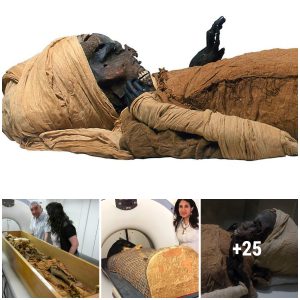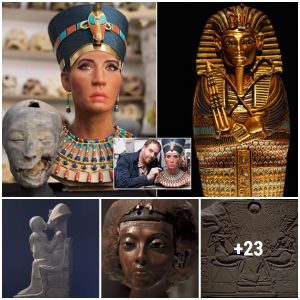Ötzi, the 5,300-year-old ice mummy found by hikers in the Tyrolean Alps in 1991, is one of the oldest and best preserved mummies in the world. Much of his soft tissue, including his tattooed skin, survived, as did his clothing, quiver of arrows and other equipment, some of it damaged. Since his discovery, the prevailing theory explaining this exceptional state of preversation is that after a violent conflict, Ötzi fled to what is now the Tisenjoch Pass in the fall and froze to death in the gully where his remains were soon covered with glacier ice. In the deep freeze, the man and his belongings, damaged in the conflict before his flight, were preserved until they emerged from the thawing ice in 1991.

A new study published in the journal The Holocene by an international team of scientists has found the prevailing theory is wrong on pretty much all counts: Ötzi didn’t die where he found; it wasn’t autumn; he was not quickly covered in ice nor did he did not stay frozen under a glacier the whole time and his equipment was not damaged before he died, but rather by natural activity in the millennia since. The study examined data recovered from other glacial archaeological sites, analyses of the finds assemblance and radiocarbon dates from the Alpine gully to investigate Ötzi’s archaeological context.Glacial archaeology didn’t exist when Ötzi was found. His discovery, followed by several glacial melt-offs over the next decade, spurred the development of the new archaeological discipline, and in the last 20 years archaeological knowledge of high-altitude ice fields has expanded geometrically. Backed by the data, processes and knowledge of glacier archaeology, the new research into Ötzi’s death and mummification found that Ötzi died in the spring or summer when there was snow on the ground. His body and possessions only fell into the gully where they were found when the snow melted. For at least 1,500 years after his death, there were several smaller melt events that exposed Ötzi’s body and artifacts until around 3,800 years ago when the gully was finally sealed by an ice field of stationary “cold ice.”

This re-interpretation of the depositional and post-depositional history of the Ötzi find is not the clear narrative provided by the original interpretation, which combined a series of serendipitous circumstances to preserve a unique moment of the past. Maybe this is why the original story is still being told, even after scientific publications (from 1995 onwards) have repeatedly indicated that it was unlikely.
Ötzi continues to be the most important archaeological find from ice, even after glacial archaeological finds have appeared in the thousands. However, the find circumstances are not as special as originally imagined. Artefacts of organic materials dating from the Neolithic to the Roman period have now been found in nearby passes. In addition, the find circumstances of Ötzi are quite normal for glacial archaeology. The chances of finding another prehistoric human body, in a similar topographical setting as the Tisenjoch, should therefore be higher than previously believed, since a string of special circumstances is not needed for the preservation of this type of find, and relevant locations are now affected by heavy melt events.





